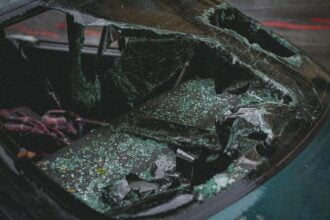Healthcare facilities often focus on maintaining strict cleanliness within clinical areas such as patient rooms and operating theaters. While this is crucial, hygiene in non-clinical spaces is equally important to prevent the spread of infections and maintain overall facility safety. These overlooked zones can harbor contaminants and impact staff, patients, and visitors.
Staff Break Rooms and Lounges
Break rooms provide a necessary space for healthcare workers to rest and recharge. However, they are frequently overlooked in cleaning schedules. Shared kitchen appliances, tables, and seating areas can accumulate germs, especially during peak hours. Regular cleaning and disinfection of high-touch surfaces like refrigerator handles, microwaves, and countertops reduce the risk of cross-contamination. Janitorial services should include detailed protocols for these spaces to ensure safety without disrupting staff downtime.
Administrative Offices and Meeting Rooms
Office environments within healthcare settings see a high volume of foot traffic and shared equipment such as phones, keyboards, and printers. These surfaces often receive less frequent cleaning compared to clinical zones. Dust and microbial buildup on shared devices contribute to poor indoor air quality and potential transmission of pathogens. Incorporating scheduled disinfection and proper ventilation in these areas supports overall hygiene.
Waiting Areas and Corridors
Patients and visitors spend considerable time in waiting rooms and corridors. Chairs, magazines, door handles, and elevator buttons are all touchpoints prone to contamination. While visible dirt may prompt cleaning, microbes can linger unnoticed. Healthcare facilities should implement frequent cleaning regimens targeting these high-contact areas. Employing janitorial services with expertise in infection control ensures the right cleaning agents and methods are used effectively.
Restrooms and Locker Rooms
Restrooms and locker rooms see constant use by staff and visitors. Moisture and high touch frequency make these spaces particularly vulnerable to pathogen buildup. Regular cleaning schedules that focus on sinks, faucets, hand dryers, and door handles are critical. Maintenance of hand hygiene stations in these locations also supports infection prevention efforts.
Non-clinical spaces in healthcare settings demand the same level of hygiene vigilance as clinical areas. Attention to these zones protects everyone within the facility and supports infection control initiatives. Partnering with specialized janitorial services can help healthcare providers maintain a clean, safe environment throughout every corner of their facility. For more information, look over the accompanying infographic.










